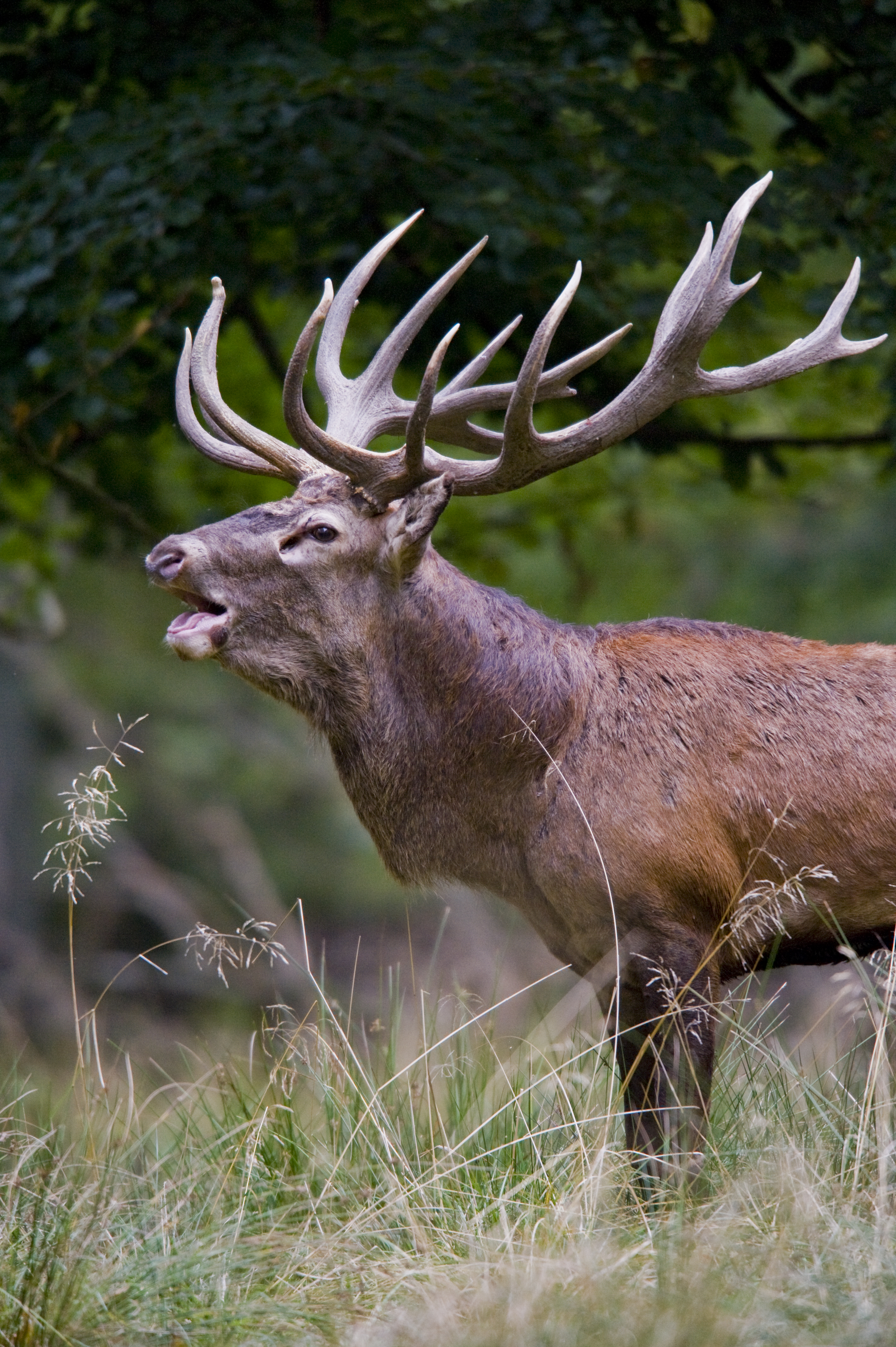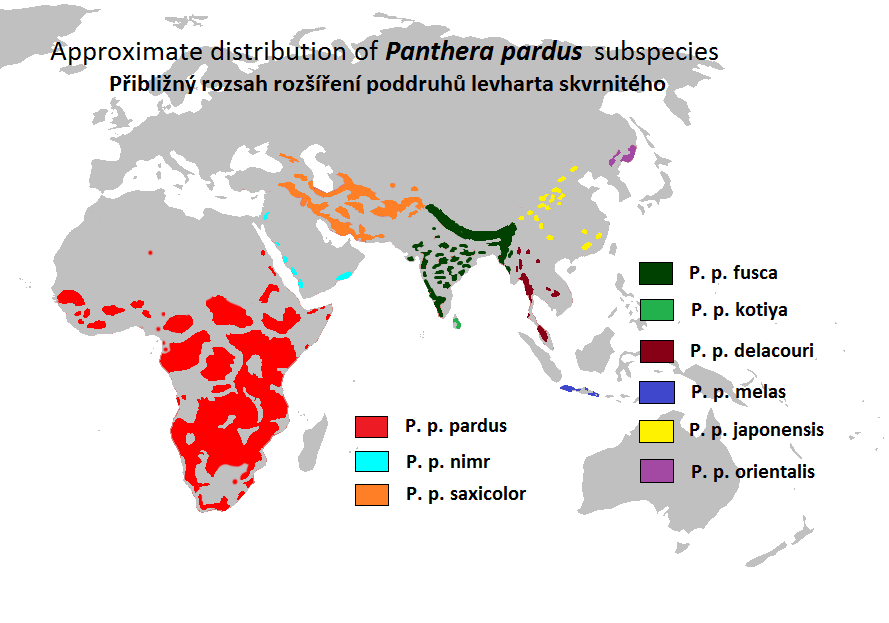|
Dikdik
A dik-dik is the name for any of four species of small antelope in the genus ''Madoqua'', which live in the bushlands of eastern and southern Africa. Dik-diks stand about at the shoulder, are long, weigh and can live for up to 10 years. Dik-diks are named for the alarm calls of the females. In addition to the females' alarm call, both the male and female make a shrill, whistling sound. These calls may alert other animals to predators. Name The name ''dik-dik'' comes from an onomatopoeia of the repetitive ''dik'' sound female dik-diks whistle through their long, tubular snouts when they feel threatened. Physical characteristics Female dik-diks are somewhat larger than males. The males have horns, which are small (about ), slanted backwards and longitudinally grooved. The hair on the crown forms an upright tuft that sometimes partially conceals the short, ribbed horns of the male. The upper body is gray-brown, while the lower parts of the body, including the legs, belly, ... [...More Info...] [...Related Items...] OR: [Wikipedia] [Google] [Baidu] |
Preorbital Gland
The preorbital gland is a paired exocrine gland found in many species of artiodactyls, which is homologous to the lacrimal gland found in humans. These glands are trenchlike slits of dark blue to black, nearly bare skin extending from the medial canthus of each eye. They are lined by a combination of sebaceous and sudoriferous glands, and they produce secretions which contain pheromones and other semiochemical compounds. Ungulates frequently deposit these secretions on twigs and grass as a means of communication with other animals. The preorbital gland serves different roles in different species. Pheromone-containing secretions from the preorbital gland may serve to establish an animal's dominance (especially in preparation for breeding), mark its territory, or simply to produce a pleasurable sensation to the animal. Because of its critical role in scent marking, the preorbital gland is usually considered as a type of scent gland. A further function of these glands may be ... [...More Info...] [...Related Items...] OR: [Wikipedia] [Google] [Baidu] |
Madoqua Saltiana
Salt's dik-dik (''Madoqua saltiana'') is a small antelope found in semidesert, bushland, and thickets in the Horn of Africa, but marginally also in northern Kenya and eastern Sudan. It is named after Henry Salt, who was the first European to acknowledge the species in Abyssinia in the early 19th century. Description Salt's dik-diks are long, high, and weigh . Kingdon, J. (1997). ''The Kingdon Guide to African Mammals.'' Academic Press. As in other dik-diks, the small, pointed horns are only present in the male. Their colour varies significantly depending on the subspecies. Taxonomy Together with the closely related silver dik-dik, this species forms the subgenus ''Madoqua'' in the genus ''Madoqua'' (other dik-diks are also in the genus ''Madoqua'', but the subgenus ''Rhynchotragus'').Ansell, W. F. H. (1972). Order Artiodactyla. Part 15. Pp. 1-84. ''in'': Meester, J., and H. W. Setzer, eds (1972). ''The mammals of Africa: An identification manual''Smithsonian Institution P ... [...More Info...] [...Related Items...] OR: [Wikipedia] [Google] [Baidu] |
Lion
The lion (''Panthera leo'') is a large Felidae, cat of the genus ''Panthera'', native to Sub-Saharan Africa and India. It has a muscular, broad-chested body (biology), body; a short, rounded head; round ears; and a dark, hairy tuft at the tip of its tail. It is sexually dimorphic; adult male lions are larger than females and have a prominent mane. It is a social species, forming groups called prides. A lion's pride consists of a few adult males, related females, and cubs. Groups of female lions usually hunt together, preying mostly on medium-sized and large ungulates. The lion is an apex predator, apex and keystone predator. The lion inhabits grasslands, savannahs, and shrublands. It is usually more diurnality, diurnal than other wild cats, but when persecuted, it adapts to being active nocturnality, at night and crepuscular, at twilight. During the Neolithic period, the lion ranged throughout Africa and Eurasia, from Southeast Europe to India, but it has been reduced to fr ... [...More Info...] [...Related Items...] OR: [Wikipedia] [Google] [Baidu] |
Caracal
The caracal (''Caracal caracal'') () is a medium-sized Felidae, wild cat native to Africa, the Middle East, Central Asia, and arid areas of Pakistan and northwestern India. It is characterised by a robust build, long legs, a short face, long tufted ears, relatively short tail, and long canine teeth. Its coat is uniformly reddish tan or sandy, while the ventral parts are lighter with small reddish markings. It reaches at the shoulder and weighs . It was first scientific description, scientifically described by German naturalist Johann Christian Daniel von Schreber in 1776. Three subspecies are recognised. Typically nocturnality, nocturnal, the caracal is highly secretive and difficult to observe. It is territory (animal), territorial, and lives mainly alone or in pairs. The caracal is a carnivore that typically preys upon birds, rodents, and other small mammals. It can leap higher than and catch birds in midair. It stalks its prey until it is within of it, after which it ru ... [...More Info...] [...Related Items...] OR: [Wikipedia] [Google] [Baidu] |
Leopards
The leopard (''Panthera pardus'') is one of the five extant cat species in the genus ''Panthera''. It has a pale yellowish to dark golden fur with dark spots grouped in rosettes. Its body is slender and muscular reaching a length of with a long tail and a shoulder height of . Males typically weigh , and females . The leopard was first described in 1758, and several subspecies were proposed in the 19th and 20th centuries. Today, eight subspecies are recognised in its wide range in Africa and Asia. It initially evolved in Africa during the Early Pleistocene, before migrating into Eurasia around the Early–Middle Pleistocene transition. Leopards were formerly present across Europe, but became extinct in the region at around the end of the Late Pleistocene-early Holocene. The leopard is adapted to a variety of habitats ranging from rainforest to steppe, including arid and montane areas. It is an opportunistic predator, hunting mostly ungulates and primates. It relies on its ... [...More Info...] [...Related Items...] OR: [Wikipedia] [Google] [Baidu] |
National Geographic (magazine)
''National Geographic'' (formerly ''The National Geographic Magazine'', sometimes branded as ''Nat Geo'') is an American monthly magazine published by National Geographic Partners. The magazine was founded in 1888 as a scholarly journal, nine months after the establishment of the society, but is now a popular magazine. In 1905, it began including pictures, a style for which it became well known. Its first color photos appeared in the 1910s. During the Cold War, the magazine committed itself to present a balanced view of the physical geography, physical and human geography of countries beyond the Iron Curtain. Later, the magazine became outspoken on Environmentalism, environmental issues. Until 2015, the magazine was completely owned and managed by the National Geographic Society. Since 2015, controlling interest has been held by National Geographic Partners. Topics of features generally concern geography, history, nature, science, and world culture. The magazine is well known ... [...More Info...] [...Related Items...] OR: [Wikipedia] [Google] [Baidu] |
Predator
Predation is a biological interaction in which one organism, the predator, kills and eats another organism, its prey. It is one of a family of common List of feeding behaviours, feeding behaviours that includes parasitism and micropredation (which usually do not kill the Host (biology), host) and parasitoidism (which always does, eventually). It is distinct from Scavenger, scavenging on dead prey, though many predators also scavenge; it overlaps with Herbivore, herbivory, as Seed predation, seed predators and destructive frugivores are predators. Predation behavior varies significantly depending on the organism. Many predators, especially carnivores, have evolved distinct hunting strategy, hunting strategies. Pursuit predation involves the active search for and pursuit of prey, whilst ambush predation, ambush predators instead wait for prey to present an opportunity for capture, and often use stealth or aggressive mimicry. Other predators are opportunism, opportunistic or om ... [...More Info...] [...Related Items...] OR: [Wikipedia] [Google] [Baidu] |
Acacia Sensu Lato
''Acacia sensu lato, s.l.'' (pronounced or ), known commonly as mimosa, acacia, thorntree or wattle, is a Polyphyly, polyphyletic genus of shrubs and trees belonging to the subfamily Mimosoideae of the family Fabaceae. It was described by the Sweden, Swedish botanist Carl Linnaeus in 1773 based on the African species ''Acacia nilotica'', now classified as ''Vachellia nilotica''. Many non-Australian species tend to be Thorns, spines and prickles, thorny. Most Australian acacias are not. All species are legume, pod-bearing, with sap and leaves often bearing large amounts of tannins and condensed tannins that historically found use as pharmaceuticals and preservatives. The genus ''Acacia'' constitutes, in its traditional circumspection, the second largest genus in Fabaceae (''Astragalus (plant), Astragalus'' being the largest), with roughly 1,300 species, about 960 of them native to Australia, with the remainder spread around the tropical to warm-temperate regions of both hemispher ... [...More Info...] [...Related Items...] OR: [Wikipedia] [Google] [Baidu] |
Chewing The Cud
Ruminants are herbivorous grazing or browsing artiodactyls belonging to the suborder Ruminantia that are able to acquire nutrients from plant-based food by fermenting it in a specialized stomach prior to digestion, principally through microbial actions. The process, which takes place in the front part of the digestive system and therefore is called foregut fermentation, typically requires the fermented ingesta (known as cud) to be regurgitated and chewed again. The process of rechewing the cud to further break down plant matter and stimulate digestion is called rumination. The word "ruminant" comes from the Latin ''ruminare'', which means "to chew over again". The roughly 200 species of ruminants include both domestic and wild species. Ruminating mammals include cattle, all domesticated and wild bovines, goats, sheep, giraffes, deer, gazelles, and antelopes.Fowler, M.E. (2010).Medicine and Surgery of Camelids, Ames, Iowa: Wiley-Blackwell. Chapter 1 General Biology and Evol ... [...More Info...] [...Related Items...] OR: [Wikipedia] [Google] [Baidu] |
Berry
A berry is a small, pulpy, and often edible fruit. Typically, berries are juicy, rounded, brightly colored, sweet, sour or tart, and do not have a stone or pit although many pips or seeds may be present. Common examples of berries in the culinary sense are strawberries, raspberries, blueberries, blackberries, white currants, blackcurrants, and redcurrants. In Britain, soft fruit is a horticultural term for such fruits. The common usage of the term "berry" is different from the scientific or botanical definition of a berry, which refers to a fleshy fruit produced from the ovary of a single flower where the outer layer of the ovary wall develops into an edible fleshy portion( pericarp). The botanical definition includes many fruits that are not commonly known or referred to as berries, such as grapes, tomatoes, cucumbers, eggplants, bananas, and chili peppers. Fruits commonly considered berries but excluded by the botanical definition include strawberries, raspber ... [...More Info...] [...Related Items...] OR: [Wikipedia] [Google] [Baidu] |




